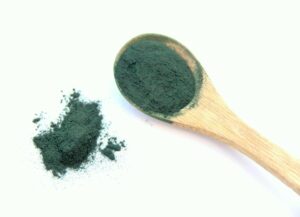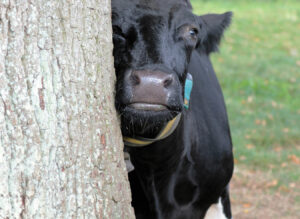Alvaro Garcia
High quality drinking water is indispensable for livestock to express their genetic potential for production. Its availability determines critical bodily functions besides hydration, including promotion of dry matter intake, maintaining osmotic balance, excretion of waste products, and cooling the organism during hot weather among other. Water however can also be a carrier of other elements that are not required and can be even toxic to the animal.
There have been countless research experiments that explored nutrient excesses, deficiencies, and toxicities that can be triggered by inadequate water quality. One typical case has been water with an excess of sulfur which can lead to polioencephalomalacia in calves, diarrhea, impaired growth and reproduction, and other non-specific health issues. Most of these issues usually occur when cattle are offered well water or drink from ponds in areas that are rich in sulfur.
Feeding too much sulfur can interfere with the absorption of copper and selenium
About 0.15% of body weight of cattle is sulfur. It is found in methionine, cysteine, cystine, homocysteine, and taurine; in chondroitin sulfate of cartilage; and in the B-vitamins thiamin and biotin. Methionine, thiamin, and biotin cannot be synthesized in cattle tissues, so they must be supplied in the diet or synthesized by ruminal microbes. The sulfur content of most feed sources reflects the sulfur amino acid content of the proteins in the feed.
Recommended dietary sulfur concentrations are 0.20% of the diet dry matter for most dairy cattle. Higher contents (0.29%) are recommended for calves consuming milk or milk replacers. Excessive sulfur intake can interfere with the absorption of other elements, especially copper and selenium. Toxicity is more likely to occur with the sulfide than with the sulfate form of dietary sulfur. The odor of hydrogen sulfide, a rotten egg smell, may be an indication of excess sulfur in the diet or water.
Diarrhea may also occur with very high sulfur diets. In beef cattle, a few cases of polioencephalomalacia-like symptoms have been induced by feeding high sulfur diets; but no cases of sulfur toxicity have been reported in adult dairy cows. Consuming high-sulfur water (e.g. 1,000 mg sulfur/L, i.e. >1,000 ppm as sulfur), which is approximately equivalent to adding 0.1% sulfur to the diet dry matter, may decrease water intake and milk production.
A recent Canadian study (Penner et al., 2020) evaluated the effects of sulfate in drinking water on body weights, feed and water intakes, and serum mineral concentrations of beef heifers. Hereford cross heifers were used in a randomized complete block design with four treatments with water sulfate (sodium sulfate) concentrations as follows:
- 292 ± 23.5 mg/L.
- 1,245 ± 78.7 mg/L.
- 3. 2,305 ± 89.7 mg/L.
- 3,376 ± 84.9 mg/L.
Heifers were in tie-stalls, and feed and water intakes were recorded daily. Body weights and serum mineral concentrations were measured on two consecutive days at the start and end of the study that lasted 77 days.
Sulfate concentrations in drinking water above 2,000 mg/L are harmful
The results showed a quadratic effect of water sulfate on dry matter intake, increasing sulfate initially increased dry matter intake and then decreased without affecting heifers’ average daily gains or final body weights. Water intake increased when heifers were offered 0 or 2,305 mg/L added sulfate. Higher concentration of sulfate in water increased the heifers’ total sulfur intake and as a result increased the percentage of sulfur in the total diet. Added sulfate to the water did not affect the concentration of other minerals in serum except for copper and selenium. Copper concentration decreased linearly with increasing water sulfate whereas selenium concentration increased, and then decreased with increasing sulfate.
The results of this experiment suggest that sulfate concentrations above 2,000 mg/L may decrease feed intake and reduce serum copper.
Reference
Penner, G.B., Johnson, J.A., Sutherland, B.D., Clark, L.P., Elford, C.J. 2020. Effects of drinking water sulfate concentrations on feed and water intake, growth, and serum mineral concentrations in growing beef heifers1. Applied Animal Science. 36(2): 201-207.
© 2020 Dairy Knowledge Center. All Rights Reserved.











